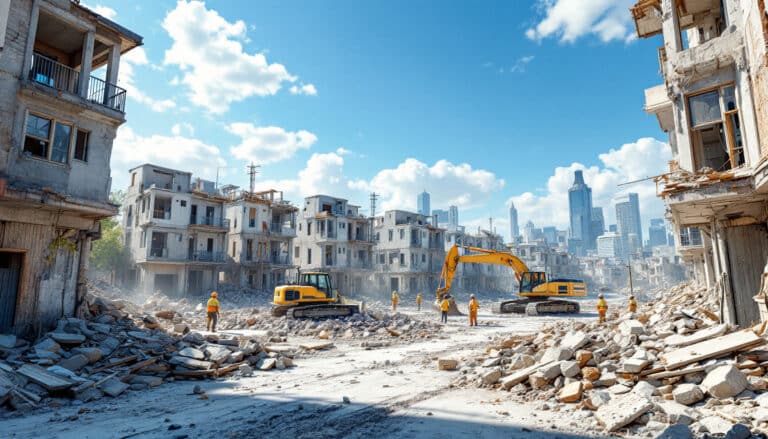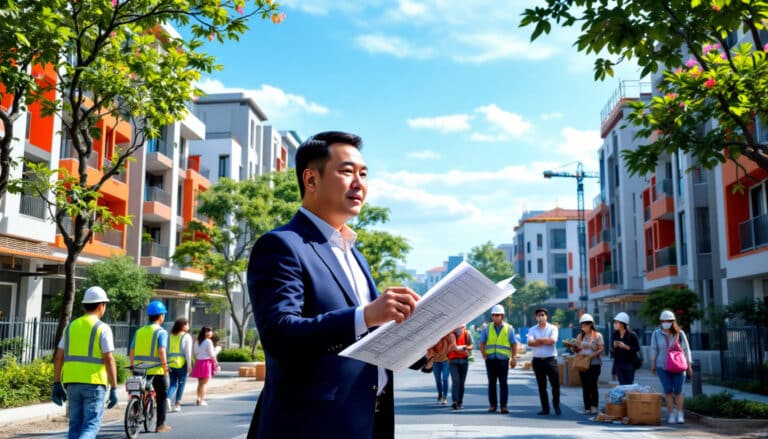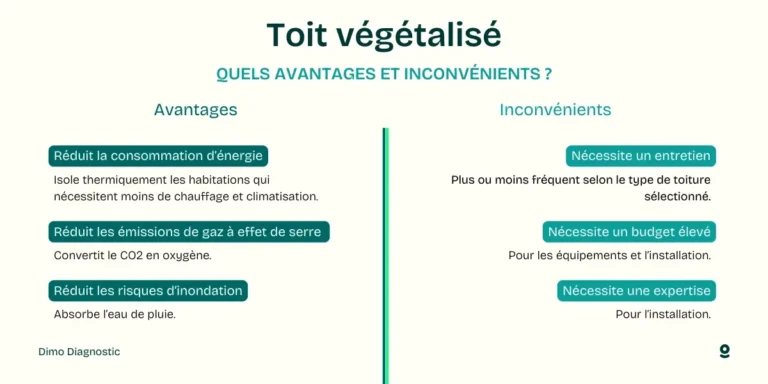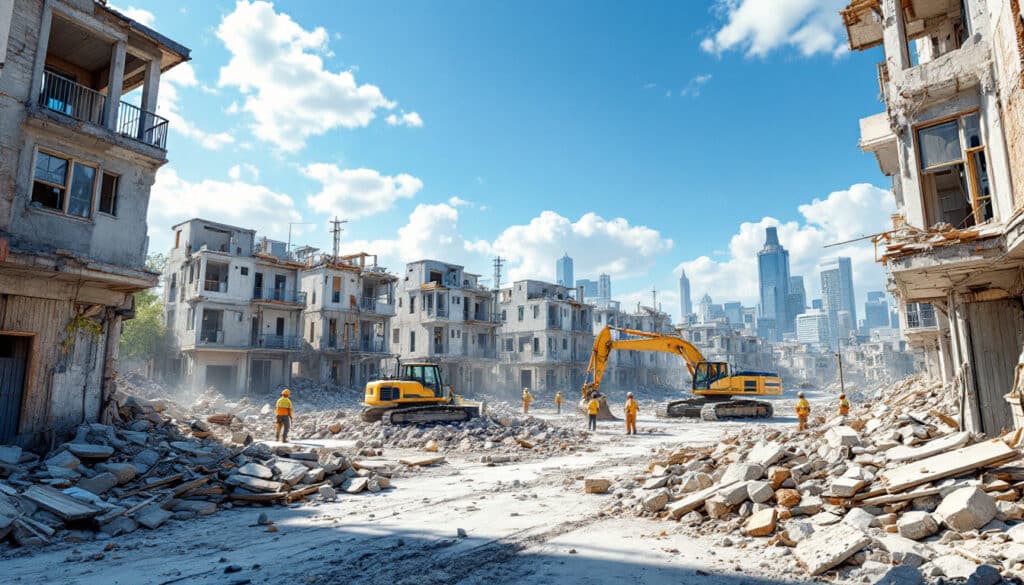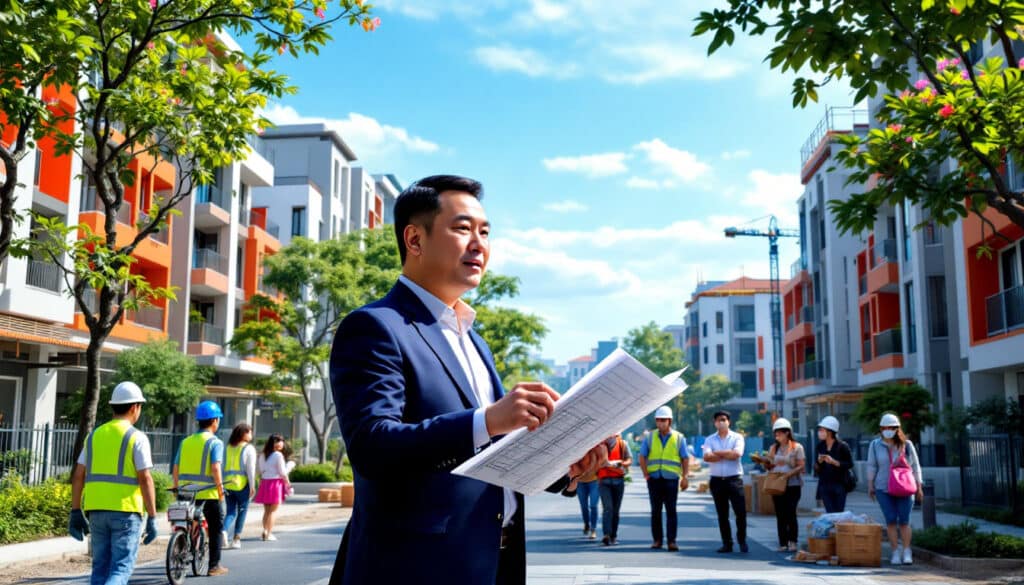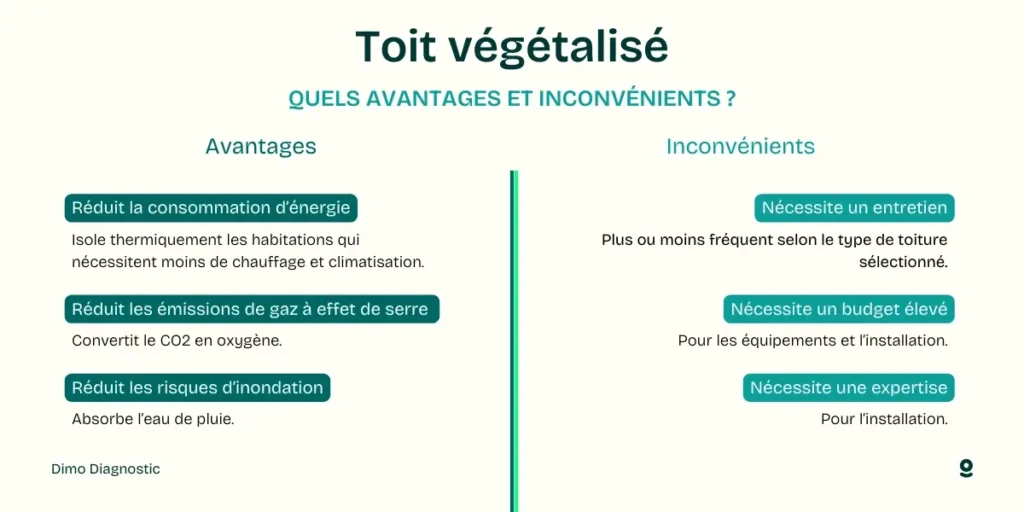Construction standards are at the heart of contemporary debates concerning building and urbanism in 2025. Beyond their traditional role in safety, these regulations must adapt to growing ecological and societal challenges. Through an analysis of various legislations and their impact on the industry, there is a noticeable movement towards more sustainable, secure, and innovative practices. This article attempts to detail how these standards influence modern construction and the challenges faced by companies in the sector.
Table of Contents
ToggleCurrent Context of Construction Standards
The current construction standards reflect the expectations of modern society regarding the environment, safety, and energy efficiency. The current legislation must not only protect the occupants of buildings but also minimize environmental impact. This dual objective is the result of a long legislative process where technological advances and ecological concerns converge. Major players such as Lafarge, Saint-Gobain, and Knauf support this change. So, how do these standards articulate in the face of today’s challenges?
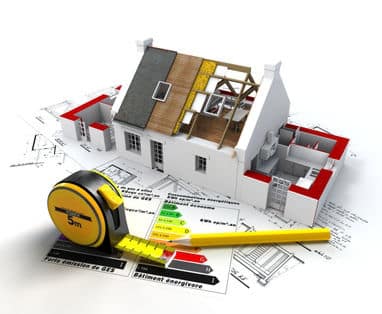
Recent Legislative Changes
Since their first introduction in the 1970s, regulations such as RT2012 have subjected buildings to strict energy standards. In 2025, the Environmental Regulation 2020 (RE2020) is implemented, raising the bar even higher with requirements on the carbon impact of structures. Here are some key elements of the new regulations:
- Limitation of energy consumption to 50 kWh/m²/year for new homes, with particular attention to CO2 emissions.
- Inclusion of bioclimatic criteria for construction adapted to local climates.
- Encouragement to use recycled and sustainable materials, benefiting companies like Bouygues Construction and Sika.
These legislative changes reflect a response to the growing environmental challenges. For companies, this adaptation is not just a matter of compliance, but also of innovation.
Adaptation Challenges for the Construction Sector
The introduction of new standards directly impacts construction processes and project profitability. Companies must rethink their way of working, often through significant investments. Here are some major challenges:
- Increased initial costs to integrate materials according to the new standards.
- Need to train staff on new construction practices.
- Choice of innovative technologies to meet energy efficiency requirements.
These short-term challenges must be viewed from a long-term perspective. Investments made today can reduce operational and maintenance costs of structures in the future.

Environmental and Social Impact of Construction Standards
Recent construction standards go well beyond simply ensuring safety. In 2025, the awareness of environmental and social issues compels the industry to reinvent itself. Companies such as Eiffage and Soletanche Bachy are committed to limiting their ecological footprint while contributing to a healthy habitat for all. But what are the real implications of these changes for the environment and society?
Environmentally Friendly Standards
European regulations such as REACH play a crucial role in the use of environmentally friendly materials. Limiting harmful substances promotes safer construction. By integrating eco-friendly materials, builders can reduce air pollution and improve the quality of life for occupants. There is also:
- A decrease in greenhouse gas emissions during construction phases.
- Better waste management on construction sites, advocating for the recycling of materials.
- Buildings designed to be more energy autonomous.
These initiatives not only strengthen the sustainability of habitats but also contribute to raising public awareness about the importance of a healthy environment.
Social Benefits of New Practices
The new construction standards generate significant social benefits. By improving quality of life through better planning, modern projects reduce social divides. Among the positive effects:
| Benefit | Description |
|---|---|
| Quality Habitat | Drastically improved air quality in new constructions. |
| Accessibility | Projects designed to be accessible to all. |
| Community | Integrated public spaces promoting togetherness. |
The current standards push the sector to consider future habitats not just as structures, but as living spaces where social interaction is encouraged.

Economic Assessment of Construction Standards
As many companies adapt their methods to follow the new standards, evaluating costs and economic benefits becomes essential. Players in the building sector such as Groupe Léon Grosse and Vieille Montagne explore the impact of the standards on budgets and their profitability. What economic implications arise from this?
Analysis of Direct and Indirect Costs
The costs associated with implementing the new standards can be significant. For example, transitioning to more efficient insulation systems may lead to an increase in initial construction expenses. Direct costs include:
- Advanced technologies to reduce energy consumption.
- Better training for staff to ensure compliance.
- Adaptation of construction methods to the new regulations.
Indirect costs, while not immediately apparent, are equally important. Longer delays during planning and increased compliance require rigorous resource management.
| Type of Cost | Potential Impact |
|---|---|
| Initial Costs | Increase in the initial construction budget. |
| Maintenance Costs | Potential decrease due to increased energy efficiency. |
| Training Costs | Investment in human skills. |
The assessment of initial costs against future savings is crucial for companies wishing to remain competitive in the market.
Economic Advantages and Challenges Associated with the Standards
Although the initial costs can be a barrier, the new standards also offer significant economic advantages. These include:
- Access to grants for environmentally friendly projects.
- Improvement of brand image as a sustainable and responsible player.
- Reduction of energy bills in the long term, thanks to better efficiency.
It is thus essential to balance initial expenditures with future savings. Companies must also anticipate trends to align with market demands.

Case Studies and Practical Examples
The analysis of case studies reveals how new construction standards are implemented on the ground. Exemplary projects demonstrate how compliance and innovative creation can coexist. Let’s take a few significant examples that illustrate these developments.
Examples of Successful Projects
An exemplary project in the Netherlands has demonstrated a successful integration of energy standards. A residential complex opted for recycled materials while meeting the new requirements. Here are some key features:
- Use of solar panels to harness energy.
- Enhanced thermal insulation reducing heating needs.
- Rainwater harvesting systems for domestic use.
This project not only complied with the standards but also optimized its costs, proving that sustainability and profitability can go hand in hand.
Failures and Lessons Learned
Conversely, some infrastructures built in Eastern Europe have faced significant challenges. Failing to comply with the new standards has led to costly litigations and significant delays. The lessons learned from these situations include:
| Failure | Consequence |
|---|---|
| Failure to comply with safety standards | Costly litigations and partial reconstruction. |
| Poor material choices | Durability issues and increased maintenance costs. |
These failures highlight the importance of thorough preparation and interdisciplinary collaboration to ensure successful compliance.

Recommendations for Construction Stakeholders
With the increasing complexity of construction standards, it is crucial for companies to engage in a proactive approach. Practical recommendations can facilitate navigation through this legislative framework.
Understanding Regulatory Requirements
Companies must establish ongoing monitoring of regulatory developments. Here are some recommendations:
- Continuous training of staff on the latest standards.
- Implementation of compliance control systems.
- Utilization of technologies to simulate compliance.
This anticipation allows minimizing costs related to non-compliance and ensuring the sustainability of projects.
| Type of Requirement | Recommended Approach |
|---|---|
| Energy Efficiency | Integrate bioclimatic architectural solutions. |
| Eco-Friendly Materials | Advocate for suppliers adhering to standards. |
Adopting these practices not only ensures compliance but also optimizes construction costs in the long run.
Importance of Collaboration Among Stakeholders
A collaborative approach is essential for success. Communication between developers, architects, and regulatory authorities will lead to innovative solutions. By sharing knowledge:
- We will enhance the adaptation capabilities to regulatory challenges.
- We will foster innovation in construction practices.
- We will improve project success rates.
Ultimately, transforming these challenges into strategic advantages is essential for the future of the construction sector.




